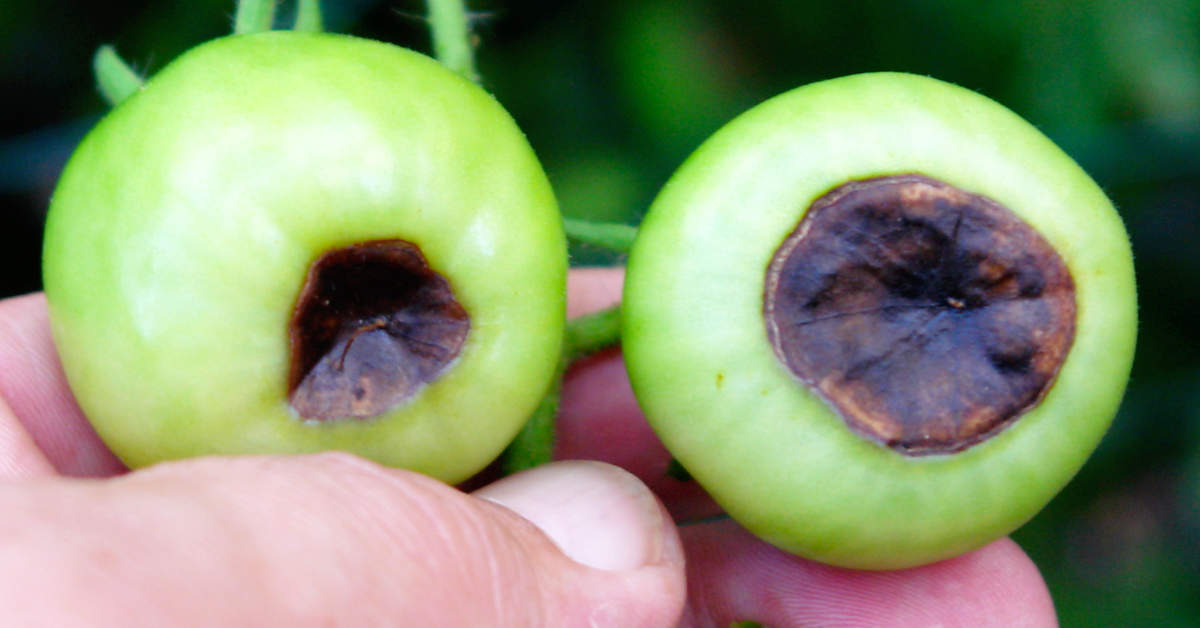Squash
(or winter squash)
January: Do not grow.

February: Do not grow.

March: Start undercover in seed trays.

April: Transplant 4-6 week old seedlings.

May: Plant seed directly into garden.

June: Plant seed directly into garden.

July: Do not grow.

August: Do not grow.

September: Do not grow.

October: Do not grow.

November: Do not grow.

December: Do not grow.

Space Plants: 90cm (36") apart.
Harvest In: 12-15 weeks.
Grows Best With: Corn, Green Beans, Oregano, Radishes, Watermelon, Zucchini.
Avoid Growing With: Potatoes.
Planting Squash
Plant 2-3 seeds in each hole, 2cm (1") deep with at least 90cm (36") between plants and the same distance between rows. Squash prefers well-draining moist soil rich in organic matter, and thrives in full sun. Mix manure and/or compost into your soil 2-3 weeks before planting if soil quality is poor.
Growing Squash
Once the squash plants have grown a set of true leaves, thin each spot so only the strongest plant remains. For vining squash varieties in smaller gardens, training the vines up a fence or trellis will help to save space, which has the added benefit of protecting fruit from damage on the ground. However, additional support will be required as the fruit matures to prevent damage to the plant. Squash thrives in moist (but not wet) soil, and will greatly benefit from mulch to discourage evaporation and protect the shallow roots. When watering, avoid getting the leaves wet, as this can encourage diseases which would damage the plant. Inconsistent watering can affect the shape and flavour of your squash, so keep track of your watering schedule. Once flowers appear, treat with a balanced fertiliser to encourage growth.
If your squash plants aren't producing fruit, you may need to assist with pollination. Most varieties should produce both flowers; the male flowers grow on thin stalks, and the female flowers grow on the ends of small, immature fruits. Using a cotton swab, gently collect pollen from inside a male flower and transfer it to a female flower.
Keep checking for blossom end rot, which looks like a dark bruise on the bottom of affected fruits. Blossom end rot signals that the fruit isn't receiving enough calcium, and is usually caused by inconsistent watering. Remove and destroy damaged fruit, and evaluate your watering schedule.
Harvesting Squash
Squash is ready to harvest once the stem begins to wilt and the skin toughens; it should be thick and hard to pierce with a fingernail. Be careful not to leave mature squash on the vine for too long, as it will lose its flavour and become woody rather quickly. Cut the squash from the vine, leaving roughly 5cm (2") of the stem attached to the fruit. Squash should be "cured" for a week before storage, preferably in a dry, sunny location, but a well-ventilated indoor space will suffice if conditions are poor. Once cured, store in a cool, dry place with good ventilation.





Comments
Showing all comments from:
No comments available. Why not start the conversation?
Leave a comment